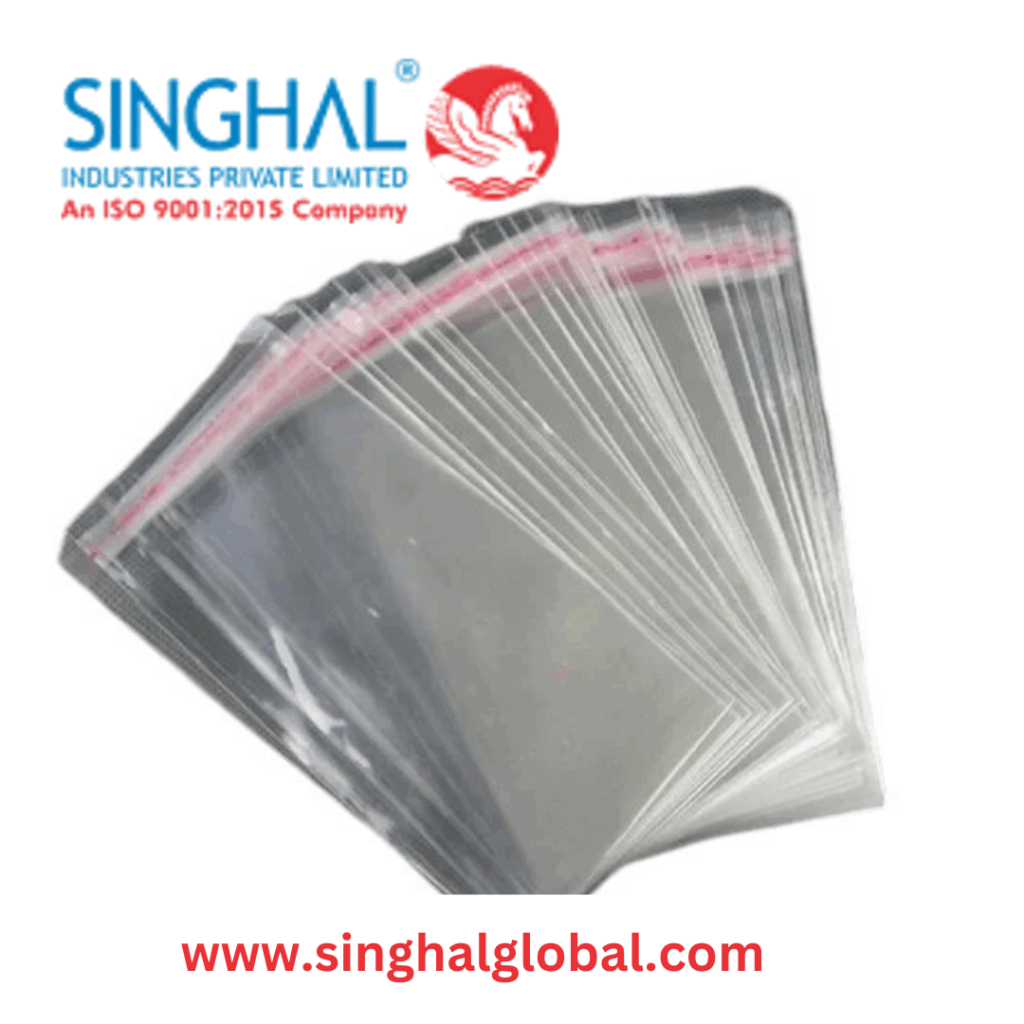Laser cleaning machines have become an innovative and efficient solution for industrial and commercial cleaning applications. They utilize high-energy laser beams to remove rust, paint, grease, oxides, and other contaminants from surfaces. But how do they compare to traditional cleaning methods such as chemical cleaning, sandblasting, and manual scrubbing?
1. High Precision and Non-Abrasive Cleaning
One of the primary benefits of laser cleaning is its precision. Unlike sandblasting or grinding, which can damage the underlying material, laser cleaning is a non-abrasive process. This means that delicate surfaces, such as historical artifacts, automotive components, and electronic parts, can be cleaned without wear and tear. The laser beam selectively removes contaminants while leaving the base material intact, making it ideal for high-precision industries like aerospace and electronics.
2. Environmentally Friendly and Safe
Traditional cleaning methods often involve chemicals, abrasives, or large amounts of water. Chemical solvents produce toxic waste, which requires proper disposal and poses health hazards to workers. Sandblasting generates dust and particles that can be harmful when inhaled. In contrast, laser cleaning is an eco-friendly option. It does not require chemicals or produce waste, significantly reducing environmental impact and workplace hazards.
3. Cost-Effective and Low Maintenance
While the initial investment in a laser cleaning machine may be higher than traditional methods, it offers long-term cost savings. Chemical cleaning requires ongoing purchases of solvents, disposal costs, and protective equipment. Sandblasting involves the replacement of abrasives and maintenance of air compressors. Laser cleaning machines, however, have low operating costs as they primarily rely on electricity. Their maintenance requirements are minimal, making them a cost-effective choice over time.
4. Increased Efficiency and Automation
Laser cleaning is highly efficient, reducing cleaning time and labor costs. Traditional cleaning methods often require extensive preparation and post-cleaning cleanup. With laser cleaning, there is no need for additional protective coverings or drying time. Additionally, many laser cleaning machines can be automated, integrated into robotic systems, or used with CNC setups, making them ideal for mass production environments.
5. Versatile Applications
Laser cleaning machines are used in various industries, including:
- Automotive: Removing rust, oil, and coatings from engine components.
- Aerospace: Cleaning turbine blades and aircraft parts without causing damage.
- Electronics: Precise cleaning of circuit boards and sensitive components.
- Restoration: Removing dirt and oxidation from historical monuments and artworks.
Conclusion
Laser cleaning machines offer numerous advantages over traditional cleaning methods, including precision, eco-friendliness, cost-effectiveness, efficiency, and versatility. Their ability to clean without damaging the underlying material makes them a superior choice for many industrial and commercial applications. While the initial cost may be higher, the long-term benefits in terms of maintenance savings, reduced waste, and improved safety make laser cleaning a worthwhile investment.









